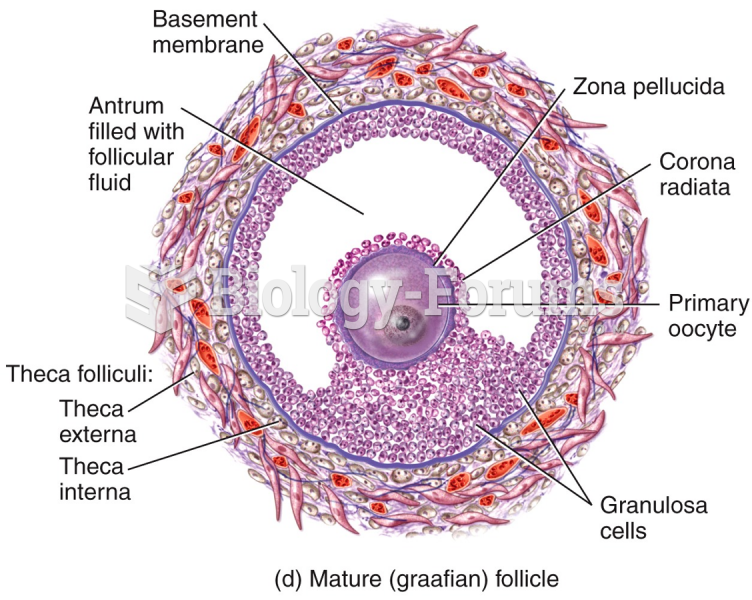|
|
|
The heart is located in the center of the chest, with part of it tipped slightly so that it taps against the left side of the chest.
Nearly all drugs pass into human breast milk. How often a drug is taken influences the amount of drug that will pass into the milk. Medications taken 30 to 60 minutes before breastfeeding are likely to be at peak blood levels when the baby is nursing.
Egg cells are about the size of a grain of sand. They are formed inside of a female's ovaries before she is even born.
According to the National Institute of Environmental Health Sciences, lung disease is the third leading killer in the United States, responsible for one in seven deaths. It is the leading cause of death among infants under the age of one year.
Hip fractures are the most serious consequences of osteoporosis. The incidence of hip fractures increases with each decade among patients in their 60s to patients in their 90s for both women and men of all populations. Men and women older than 80 years of age show the highest incidence of hip fractures.
 GI series. (a) Upper GI series begins with a barium swallow, barium shake, or barium meal. (b) Lower
GI series. (a) Upper GI series begins with a barium swallow, barium shake, or barium meal. (b) Lower
 Each of the eight injectors shown are producing a correct spray pattern for the applications. While ...
Each of the eight injectors shown are producing a correct spray pattern for the applications. While ...





